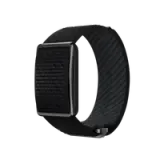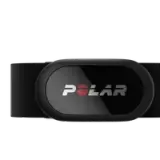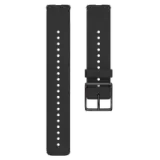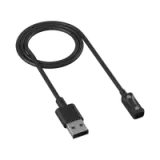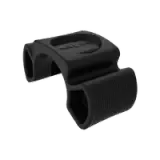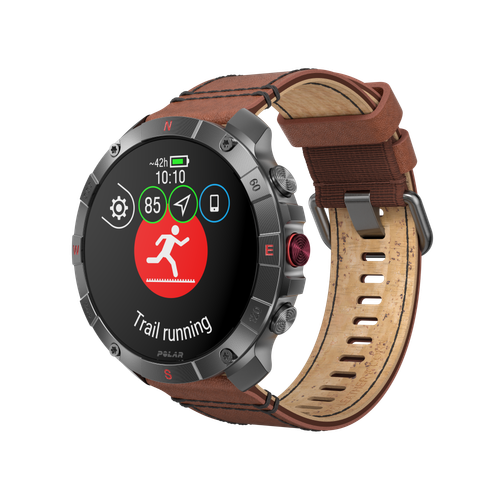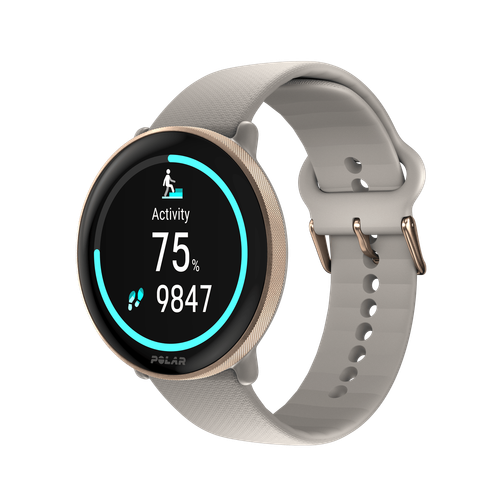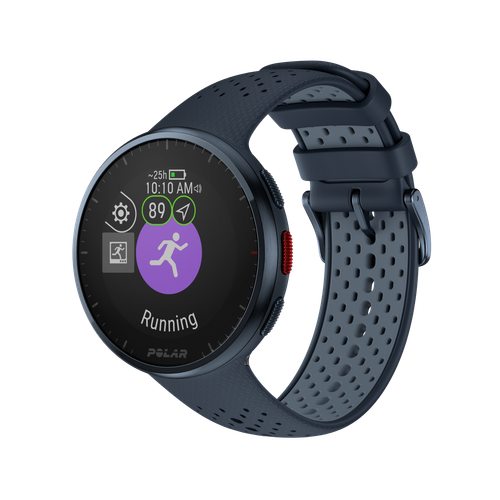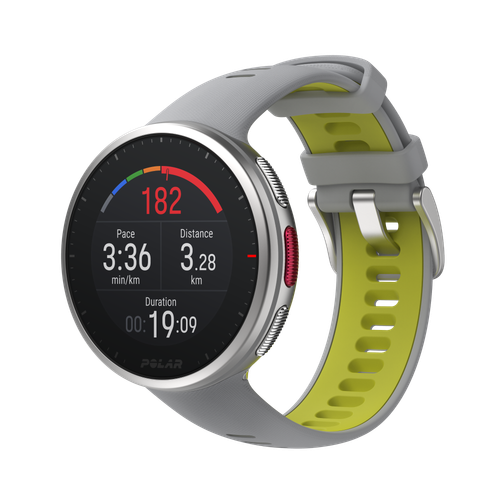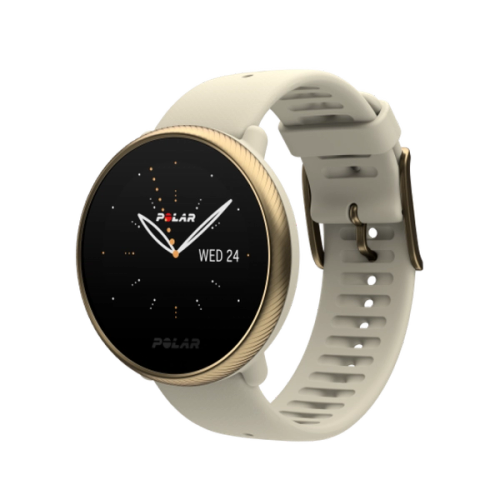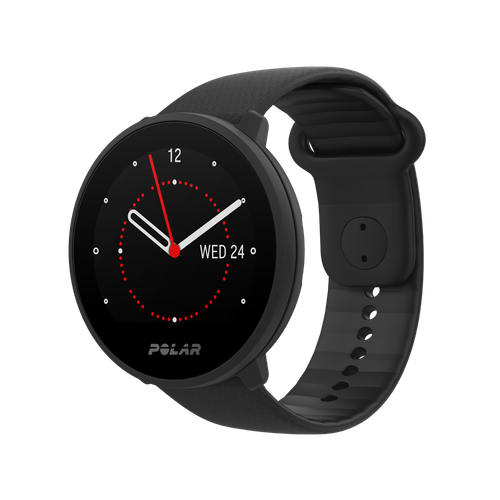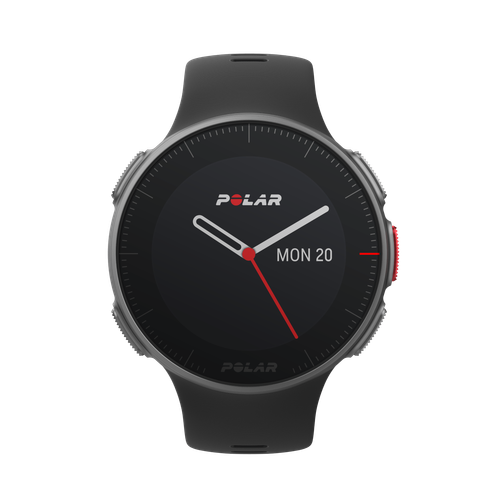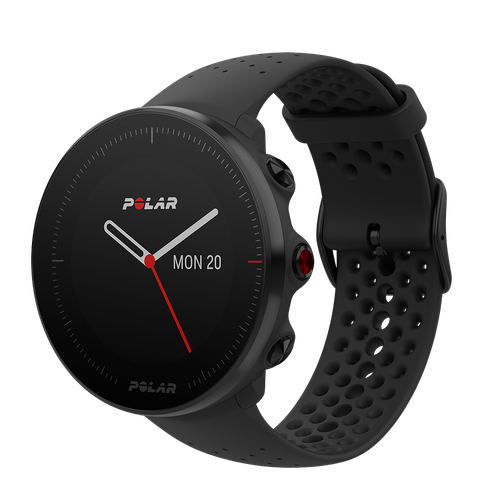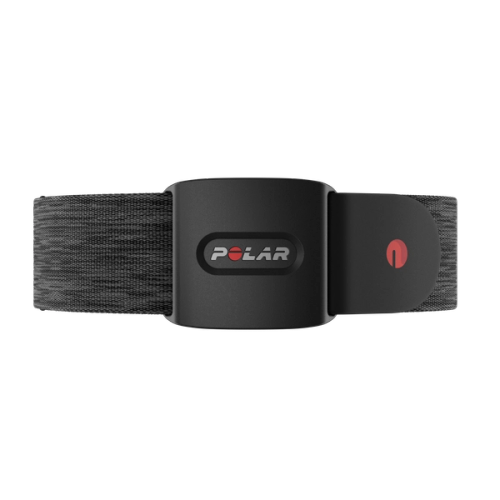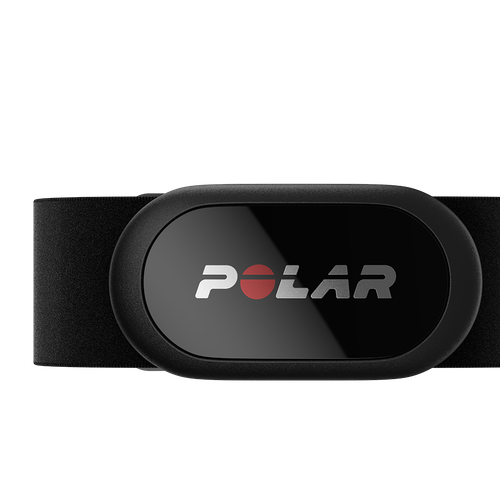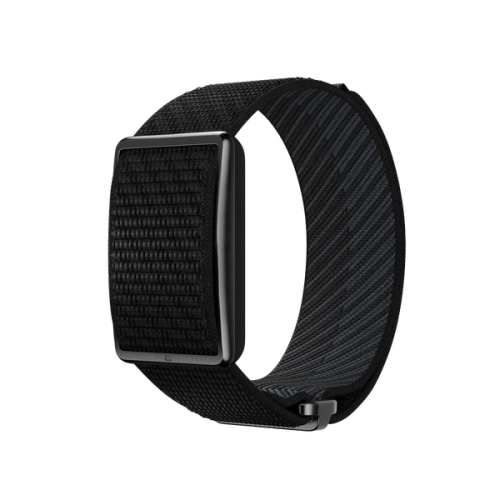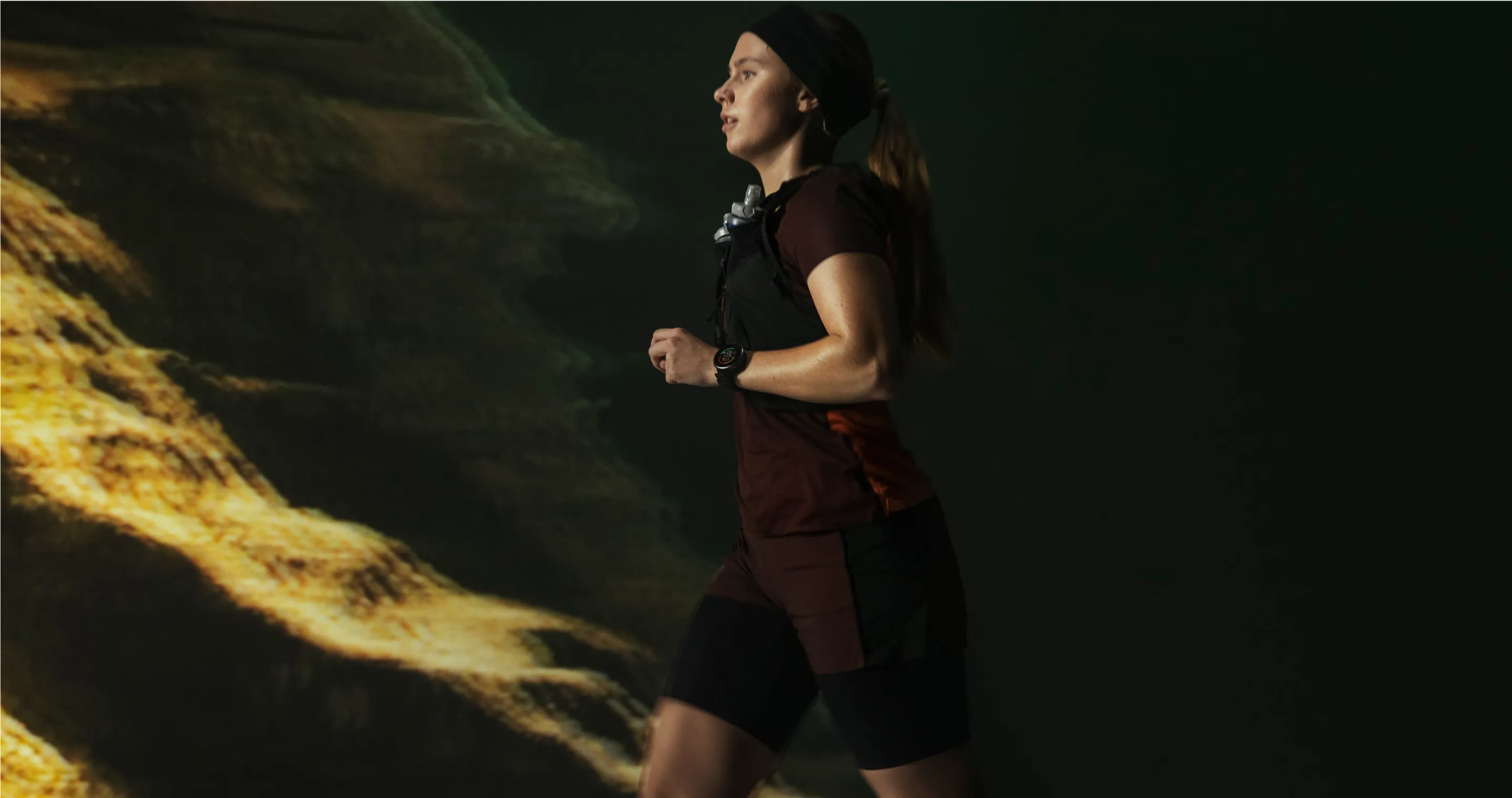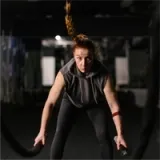Pippa Woolven is a former steeplechase and cross-country runner who spent years struggling with a mysterious health decline during the peak of her sporting career. She was misdiagnosed and dismissed by medical professionals who brushed off her symptoms like fatigue, low mood, and an unhealthy relationship with food as typical for an athlete who was as driven as she was.
Woolven was unaware of the Female Athlete Triad (a subset of what we now understand as Relative Energy Deficiency in Sport) and continued to push herself harder, convinced it was all in their head. It wasn't until years later, after extensive research and connecting with other athletes who shared similar experiences, that she finally understood she was experiencing RED-S.
For many athletes like Woolven, the journey toward RED-S is often unintentional. Balancing demanding training schedules with work, studies, and social commitments can leave little room for adequate rest and recovery. While anyone can experience this syndrome, female athletes are prone to presenting with three particular symptoms (known as the Female Athlete Triad): menstrual dysfunction, low energy availability, and decreased bone mineral density.
Thankfully, though the road to recovery was long and challenging, marked by setbacks and frustration, Woolven, now thriving in recovery, has founded Project RED-S, which aims to build awareness, prevention, and support. So, we chatted with her to ask some key questions, including how exactly does RED-S occur? And who is most at risk? Here's all the essential information you need to know, plus some great tools for preventing this "elite athlete" syndrome from occurring, even when you're not someone who trains.
What is RED-S?
RED-S, or Relative Energy Deficiency in Sport, is a syndrome that occurs when an athlete's energy intake consistently falls short of their body's demands. This "energy deficit" arises when we underestimate the calories required for training, recovery, and daily living, often through excessive exercise or severe calorie restriction.
Think of your body like a phone. When the battery runs low, non-essential functions like background apps and brightness start to shut down to conserve power. Similarly, in RED-S, your body prioritizes survival over performance.
What causes RED-S?
Is there one particular cause for RED-S that is most common? "It's very hard to say but I think, anecdotally, it seems the most common cause is unintentional low energy availability," Woolven notes. "Many athletes underestimate how much energy they need to fuel their training and daily life, especially during periods of growth, increased workloads, or stress. Intentional restriction due to disordered eating or pressure to meet body image ideals is another common cause, particularly in sports that emphasize leanness or weight categories."
It's important to note that RED-S can arise from various factors, both intentional and unintentional. Here are the leading causes:
- Calorie Restriction: This can stem from a conscious effort to lose weight or change body composition, often without proper guidance.
- Underestimating Energy Needs: Endurance athletes, in particular, may underestimate the significant energy expenditure of their training.
- Inadequate Fueling: Increasing training volume or intensity without a corresponding increase in calorie intake is a common culprit.
- Carbohydrate Deficiency: Insufficient carbohydrate intake can mimic the effects of an overall energy deficit, even if calorie intake is adequate.
- Poor Timing of Intake: Even with sufficient daily calories, inconsistent or inadequate fueling throughout the day can contribute to RED-S.
- Disordered Eating: Underlying disordered eating or exercise behaviors, or even a clinical eating disorder, can significantly impact energy intake.
- Suppressed Appetite/GI Issues: Training-related gastrointestinal issues or suppressed appetite can lead to reduced food consumption, creating a vicious cycle.
- Life Changes: Major life transitions, such as moving, starting university, or increasing physical activity in daily life, can disrupt eating patterns and contribute to an energy deficit.
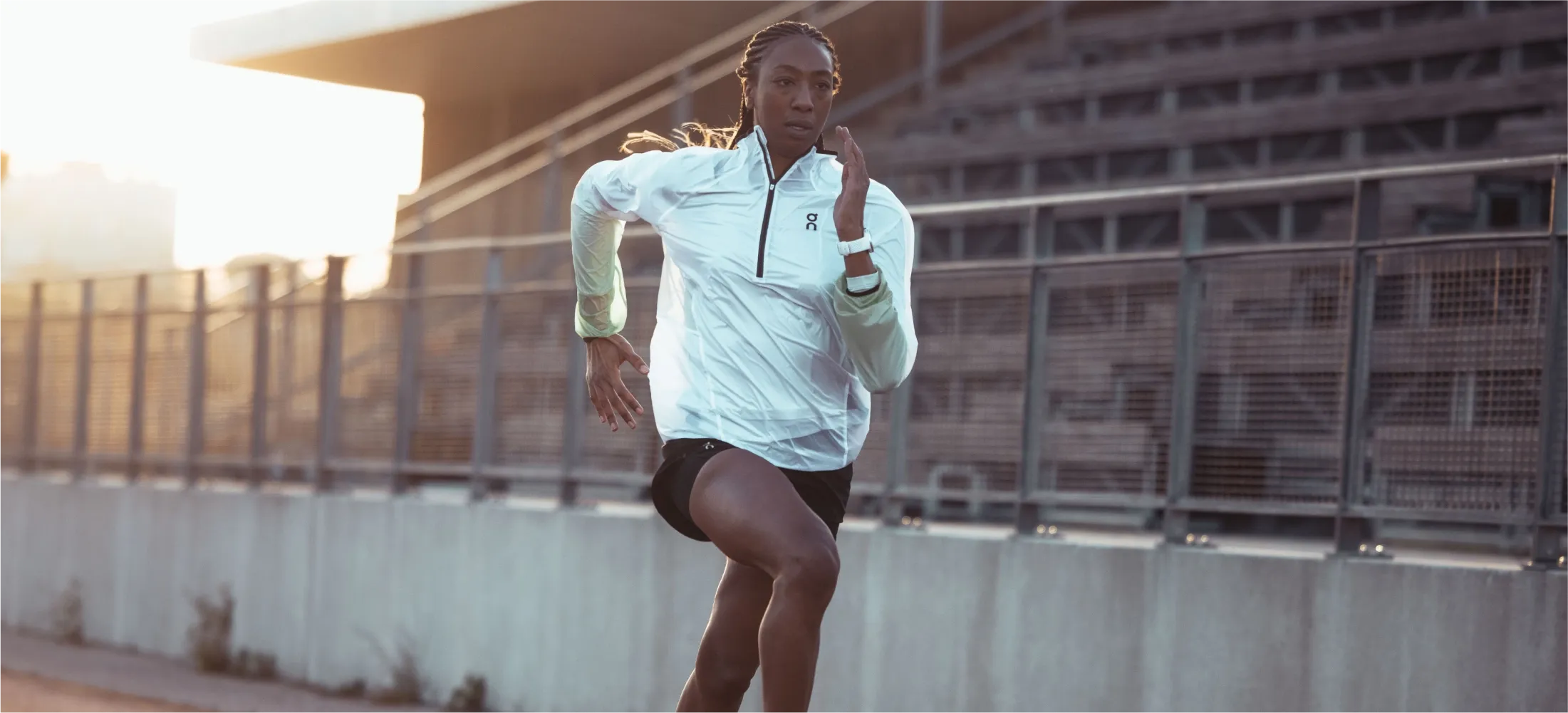
Who is at risk?
It may surprise you that it's not only athletes who experience RED-S. Even busy people who never do any training or exercise are at risk of developing it. "Anyone with insufficient energy intake relative to their energy expenditure can experience RED-S," emphasizes Woolven. "For example, people in physically demanding jobs or those unintentionally restricting calories during busy periods may face energy imbalances."
So, while often associated with elite athletes, any active individual can be at risk of RED-S. This includes:
- Endurance Athletes: Sports like running, cycling, and triathlon, where a low weight-to-power ratio is advantageous, significantly increase the risk.
- Aesthetic Sports: Dance, gymnastics, and figure skating, where body image concerns are often prominent, also place individuals at heightened risk.
However, even recreational athletes face challenges. Balancing demanding careers, academic pursuits, and family responsibilities with training often leaves limited time and resources for optimal nutrition and recovery. This can contribute to an increased risk of RED-S across all levels of athletic participation.
It's crucial to recognize that RED-S is a spectrum, and any individual who consistently underfuels their body, regardless of their competitive level, is at risk.
And that includes men
"Historically, the Female Athlete Triad dominated the conversation around RED-S," explains Woolven. "Male-specific signs of RED-S, like suppressed testosterone or decreased libido, weren’t as well-studied."
In fact, it wasn't until 2014 that the concept of RED-S was broadened by the IOC to include all genders. The redefinition looked beyond reproductive health and highlighted how energy deficiencies can affect many systems in our bodies. So, it's important to remember when considering who may be affected by RED-S that it includes men. It includes everyone.
Enjoying this article? Subscribe to Polar Journal and get notified when a new Polar Journal issue is out.
Subscribe
Signs and Symptoms of RED-S
If you're trying to figure out if you or someone you know may be experiencing RED-S, what should you look out for?
RED-S can manifest through a variety of physical symptoms. These may include:
- Unexplained Fatigue: Persistent low energy levels that interfere with daily activities and training.
- Increased Injury Risk: Recurrent or persistent injuries, including both bone stress injuries (e.g., stress fractures) and soft tissue injuries (e.g., muscle strains, tendonitis).
- Frequent Illness: Increased susceptibility to infections, such as frequent colds or minor illnesses that last longer than expected.
- Performance Decline: Stagnation or decline in athletic performance, feeling "flat" during training, and difficulty reaching training goals.
- Menstrual Irregularities: Missing periods (amenorrhea) or irregular menstrual cycles in women.
- Low Libido: Reduced sexual desire in both men and women.
- Iron Deficiency: This can contribute to fatigue, weakness, and impaired performance.
It can also manifest through a range of psychological symptoms. These may include:
- Mood Changes: Increased irritability, difficulty concentrating, and symptoms of depression such as low mood, loss of interest, and changes in sleep patterns.
- Body Image Concerns: Body dissatisfaction or dysmorphia, including a belief that weight loss is necessary to improve performance.
- Food Anxiety: Anxiety around mealtimes, avoidance of certain foods, or restrictive eating patterns.
- Exercise Anxiety: Anxiety around rest days, feeling compelled to engage in some form of physical activity even on rest days, or excessive fear of missing training sessions.
How is RED-S diagnosed?
Diagnosing RED-S can be challenging as there's no single definitive test. It involves a combination of factors:
- Medical Assessment: Blood tests evaluate energy availability markers.
- Imaging: Techniques like DEXA scans may assess bone health.
- Lifestyle Evaluation: Careful assessment of training, nutrition, and other lifestyle factors is crucial.
Unfortunately, many healthcare providers lack specific RED-S knowledge. So, seeking specialized care from a Sports Medicine Doctor or a RED-S specialist is highly recommended.
undefined
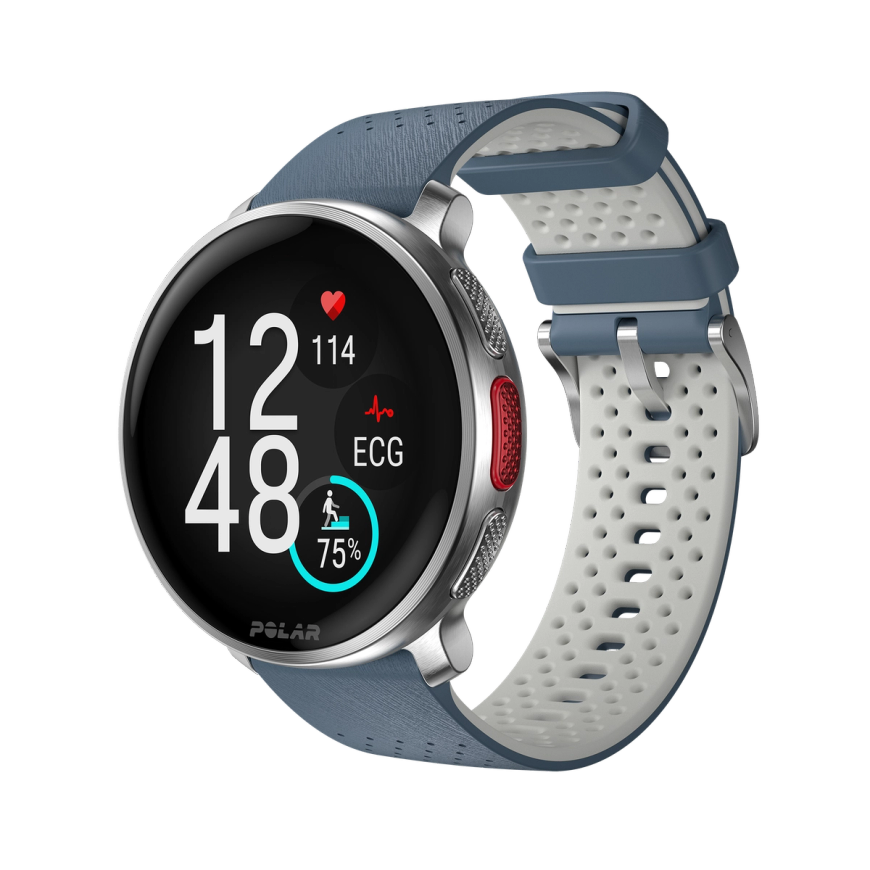
Polar Vantage V3
Premium-multisportklocka
En samling av instrument med biosensorer, AMOLED-skärm, GPS med dubbel frekvens, kartor och den mest omfattande uppsättningen av tränings- och återhämtningsverktyg på marknaden. Scenen är klar och den smarta sportklockan Polar Vantage V3 är redo att ge sitt livs prestation.
How can you prevent RED-S?
"Education about energy needs is critical to prevention," emphasizes Woolven. "That means nutrition is key to both prevention and recovery." One of the resources provided by Project RED-S is "The Performance Plate" approach to eating by Maddie Alm, a registered dietitian and founder of Fueling Forward.
To summarize Alm's guidance, you can use a simple framework by thinking about how much exercise you have done each day and adjusting the type of food on your plate to reflect that. This approach emphasizes a balanced intake of macronutrients:
- Carbohydrates: As the primary fuel source for muscles and brain, carbohydrates are crucial for both fueling training and aiding in recovery. The Performance Plate emphasizes a significant portion of carbohydrates, especially on days with high-intensity or long-duration training.
- Protein: Essential for muscle repair and growth, protein should be included in every meal.
- Colorful Fruits and Vegetables: These provide essential vitamins, minerals, and antioxidants, supporting overall health and immune function.
The beauty of the Performance Plate lies in its flexibility. Adjust the proportions of each component based on your training intensity. Increase carbohydrate intake on high-training days to support energy demands and aid in recovery. By consistently incorporating this framework into your daily meals, you can ensure adequate energy intake and minimize the risk of RED-S.
Other tools for preventing RED-S
In addition to mindful fueling, several other tools can help you monitor for signs of RED-S:
- Training Log: Track not just your workouts but also your sleep quality, mood, and energy levels. This provides valuable insights into your body's overall response to training.
- Nutrition Analysis: Consult a registered dietitian to assess your current intake and ensure it adequately supports your training demands.
- Menstrual Cycle Tracking: Monitor your cycle and identify any irregularities that may signal low energy availability.
- Hormonal Monitoring: If using hormonal contraceptives, understand that the "withdrawal bleed" may not reflect actual menstrual cycle function.
- Sexual Health Assessment: Monitor your sex drive. Reduced libido can be a sign of hormonal imbalances.
- Iron Status: Have your ferritin levels checked, as the optimal range for athletes may differ from general population guidelines.
- Lifestyle Assessment: Evaluate how training and nutrition impact your overall well-being, including relationships, social life, and mental health.
- Self-Reflection: Assess your relationship with food and exercise. Be honest with yourself about any disordered eating behaviors.
By utilizing these tools and paying close attention to your body's signals, you can proactively monitor for signs of RED-S and prioritize your long-term health and well-being.
It's all about sustainability
So, if there's one key aim you should have with your training now you know about RED-S, it's to focus not only on being able to function but also to thrive. Woolven could not agree more. "Absolutely!" she exclaims. "The goal of addressing RED-S is to foster sustainable energy intake and training practices that support both health and performance. Sustainability emphasizes balance, not extremes, so you can achieve athletic goals while protecting your physical and mental health for the long term."
So, remember that safeguarding your long-term health is not only possible but necessary while optimizing your athletic performance. And no matter your gender or level of training, you too can experience RED-S.
Where can I get support for myself or someone I know?
One final note, where can you go to get help? "The first step is to consult a healthcare professional with expertise in REDs," advises Woolven. "Such as a sports physician, dietitian, or endocrinologist. It’s crucial to address energy intake and identify any underlying health consequences. It's also important to speak openly about symptoms and, if possible, work with a multidisciplinary team, including medical and psychological support, to develop a sustainable recovery plan."
For more information on support services in your area, visit red-s.com/get-support.
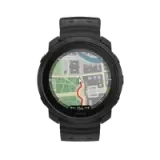 Polar Vantage M3
Polar Vantage M3
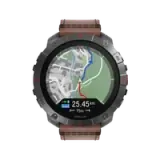 Polar Grit X2 Pro Titan
Polar Grit X2 Pro Titan
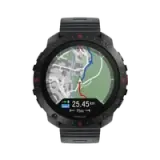 Polar Grit X2 Pro
Polar Grit X2 Pro
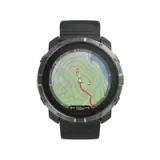 Polar Grit X2
Nyhet
Polar Grit X2
Nyhet
 Polar Vantage V3
Polar Vantage V3
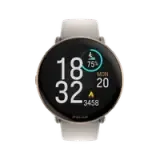 Polar Ignite 3
Polar Ignite 3
 Polar Ignite 3 Braided Yarn
Polar Ignite 3 Braided Yarn
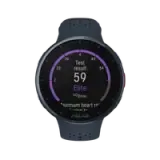 Polar Pacer Pro
Polar Pacer Pro
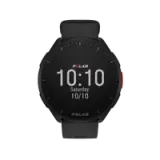 Polar Pacer
Polar Pacer
 Polar Unite
Grit X-serien
Vantage-serien
Pacer-serien
Ignite-serien
Polar Unite
Grit X-serien
Vantage-serien
Pacer-serien
Ignite-serien
